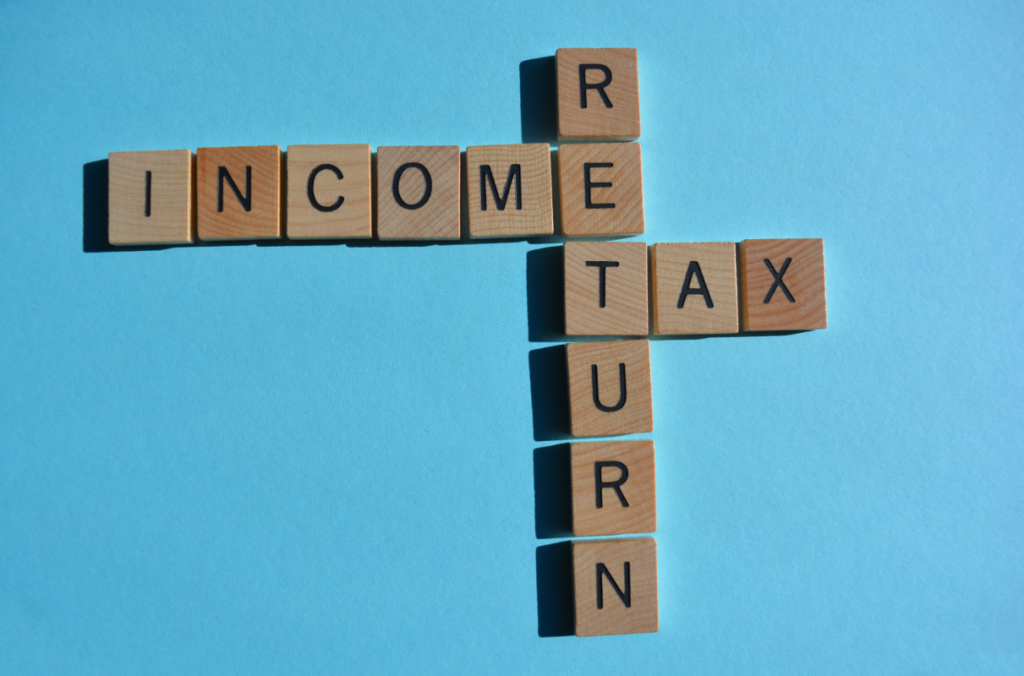Old Regime v/s new Regime under The Income Tax Act, 1961: Shraddha Sanjay More

The Income Tax Act, 1961 provides taxpayers with two options for calculating their tax liability – the old tax regime and the new tax regime. The new tax regime was introduced in the Union Budget of 2020 and is optional for taxpayers. In this blog, we will discuss the differences between the old and new tax regimes.
Old Tax Regime :
The old tax regime is the traditional method of calculating tax liability. Under this regime, taxpayers are entitled to a number of deductions and exemptions. Some of the deductions and exemptions that can be claimed under the old tax regime include:
- Standard Deduction of Rs. 50,000 for salaried individuals.
- Deduction of up to Rs. 1.5 lakh under Section 80C for investments in instruments such as Public Provident Fund (PPF), Equity-Linked Saving Scheme (ELSS), etc.
- Deduction of up to Rs. 2 lakh under Section 24 for interest paid on a home loan.
- Deduction of up to Rs. 25,000 under Section 80D for payment of health insurance premiums.
New Tax Regime :
The new tax regime, on the other hand, has a lower tax rate but does not allow taxpayers to claim several deductions and exemptions. Under the new tax regime, taxpayers can opt for a lower tax rate without claiming deductions and exemptions. Some of the features of the new tax regime are:
- Taxpayers can choose to opt for the new tax regime without claiming any deductions or exemptions.
- The tax rates under the new tax regime are lower than the old tax regime.
- The new tax regime has seven tax slabs, ranging from 0% to 30%.
- Taxpayers who opt for the new tax regime cannot claim several deductions and exemptions, such as Standard Deduction, Section 80C, Section 80D, etc.
Which regime to choose?
The choice between the old and new tax regimes depends on individual taxpayers’ preferences and financial goals. If taxpayers have investments that provide tax benefits or make large contributions towards PF, they may be better off under the old tax regime. On the other hand, if taxpayers do not have any significant deductions or exemptions to claim, they may opt for the new tax regime, which has lower tax rates.
In conclusion, the old and new tax regimes have their own advantages and disadvantages. Taxpayers should carefully evaluate their financial situation and tax liability before choosing between the two regimes. It is advisable to seek professional advice before making a decision to ensure that the taxpayers’ financial goals and interests are met.